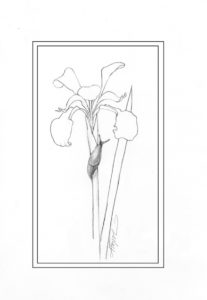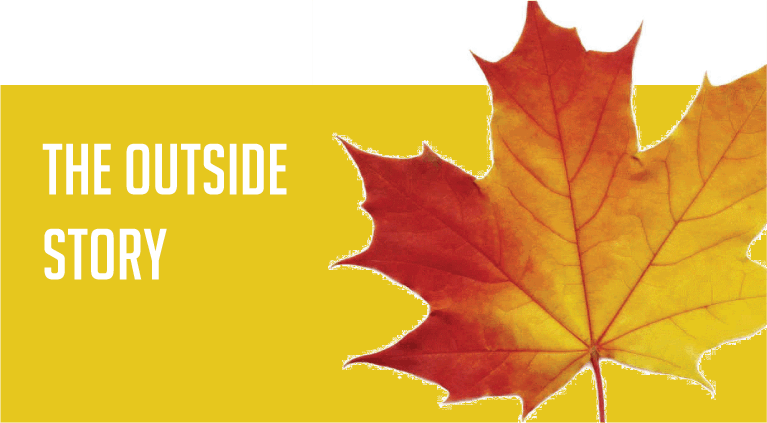By Susie Spikol
Gardening at night has its rewards. For me, it offers a way to stay on top of planting and weeding while balancing work and family responsibilities. It is also cooler at night, and the quiet act of having my hands in the dirt helps me unwind. But my favorite part of night gardening is following the starlit silvery trails of the garden slugs. These shimmery tracks are made of slug slime, whose mucus-like appearance belies its protective and locomotive qualities.
Many gardeners lament the discovery of slugs in their plants and quickly dispatch these notorious garden enemies. But I love slugs. I always have. Something about their soft, slippery bodies and long-tentacled eyes that can move independently makes me willing to have fewer garden greens in exchange for the chance to spend time with them.

The slug has much to offer. For the past 40 to 50 million years, slugs and their evolutionary relatives, snails, have been among nature’s most dependable decomposers. Using their radula, a tongue-like structure covered in thousands of microscopic teeth, slugs scrape up and consume the dead organic material of our world and return nutrients to the earth through their feces.
Having ditched their shells millions of years ago, slugs evolved into a sleeker version of their shelled relatives (although some slugs still have remnant shells tucked under their mantles – the part of the slug that looks like a saddle). While snails require rich sources of calcium to grow and maintain their portable homes, slugs are not tied to this mineral and can therefore provide their beneficial decomposition services to a broader array of habitats.
Being shell-less, however, comes with a cost. Carrying a swirled refuge on their backs, snails can simply slip inside their shells and seal up the entrance to protect themselves from dehydration and some predators. Slugs, with their soft bodies exposed, risk drying out in the sun and wind, and being consumed by such predators as toads, turtles, snakes, birds, and squirrels.
Enter slime – the slug’s secret weapon.
Slug slime is hygroscopic, meaning it absorbs moisture from the environment, and is 96% water. It also contains proteins, sugar, salt, and primary amine, a chemical that has a positive charge. As the slime encounters negatively charged materials, the two surfaces are drawn together, like two clingy socks right out of the dryer. Slime chemistry is unique in that it can transform from solid to liquid to solid, allowing the slug to both locomote across and stick to surfaces simultaneously.
Produced by a gland in its foot, the flat bottom of a slug, the slime provides the surface by which this ancient creature moves. The viscous slime also protects slugs from desiccation and deters some predators. The slime of some slugs can even glue their foes to the ground, as the would-be prey makes its slow slug-paced retreat.
Humans have found myriad uses for slug slime. Tapped by many ancient cultures for medicinal uses, both snail and slug mucus have been used to treat wounds, warts, acne, inflammation, and more recently, in the beauty industry as a component found in expensive anti-aging face creams. Studies of this slippery substance have shown it to be both antibacterial and antiviral. The newest medical slime innovation, using the slime’s power to both be flexible and adhere to wet surfaces, is a surgical glue based on these properties. Applications for this slug-inspired biomedical adhesive might someday patch a hole in a baby’s heart.
That seems a long way from my garden, where on a warm summer night, I follow the meandering glittery trail of my slug-ruined arugula until I come across two orange Arion slugs curled in a slippery embrace. Here, in my little patch of garden, under the moonlight, my lettuce seems inconsequential. Instead, I am in love with these slimy ancient mollusks, who long ago diverged from the clams, oysters, and octopuses of this group, slowly sliding their way on to land and into my heart.
Susie Spikol is community program director for the Harris Center for Conservation Education in Hancock, New Hampshire. The illustration for this column is by Adelaide Murphy Tyrol. The Outside Story is assigned and edited by Northern Woodlands magazine and sponsored by the Wellborn Ecology Fund of the New Hampshire Charitable Foundation: nhcf.org.




